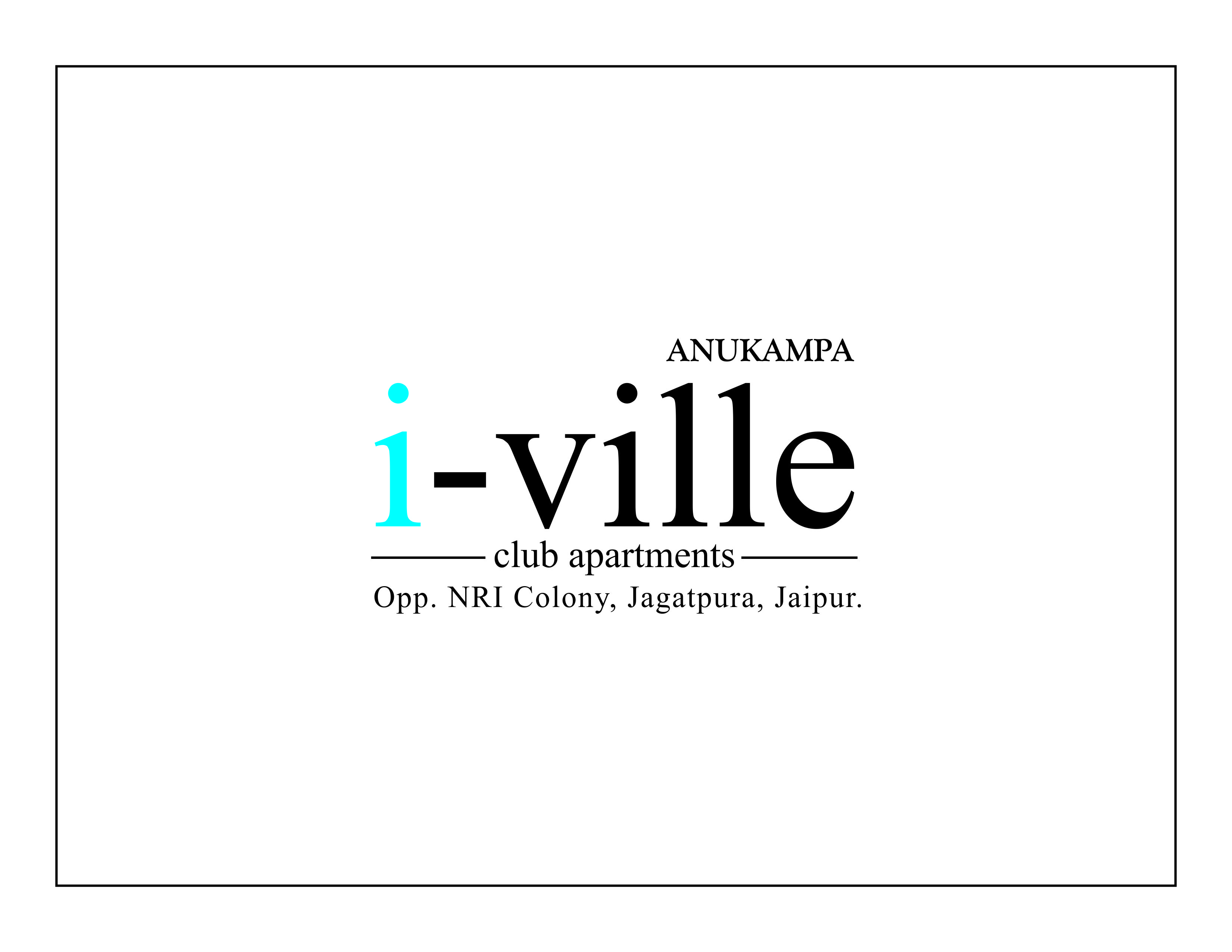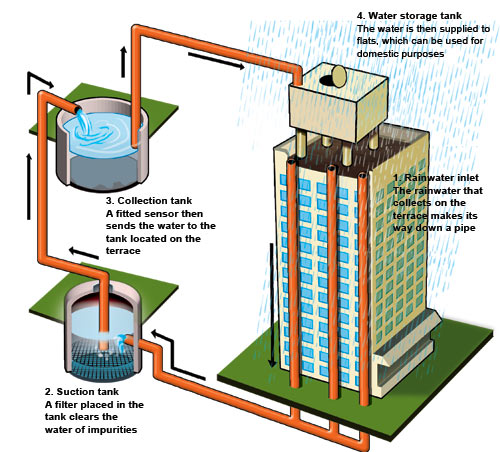i-ville @ Jagatpura: An epitome of luxurious living.
Jaipur, renowned over the world for its architecture and town planning is basically a traditional town with small population and flourishing business was until few years back was cramped into constrictions of ramparts of old city. With the passage of time and its proximity to National Capital initiated a surge in population of city and resultantly the walled city got over-crowded and people had to look for other options to set up their habitats.
The southern stretch of any city is considered to be more posh then the stretches in other direction and Jagatpura is one such location. Situated on the South-Eastern tip of Jaipur, Jagatpura with its own railway station where some passing trains halt and more are in the offing for a halt is in proximity to Sanganer International Airport. Jagatpura has many reputed Universities and Colleges to its credit. It is also site for two Medic Cities promoted by Reliance group and Bombay Hospital. Apart from being an educational and medical hub, Jagatpura with sound and developed infrastructure has attracted many housing projects of repute. Jagatpura is a location having high class urban facilities with rustic surroundings. It is one of the green lungs of Jaipur
It is here that Anukampa Group, one of the pioneer Real-estate groups of Jaipur has launched its new high end residential project, i-ville with loads of features which makes it a inevitable buy for people looking for a serene environment coupled with world class features. It is located opposite to NRI Colony. A housing agglomeration of 175 units in G+9 structure , i-ville, has Studio, 1 BHK, and 2 BHK flats sized at 427.64 sq. Ft., 699.71 sq. Ft. and 1048 sq. Ft. respectively.
The pre Launch Price will be Rs. 3300 per sq ft. with Rs. 25000 as LPG charges. There will be one time Maintenance deposit of Rs. 250 per sq. ft. along with Electric Substation charge of Rs.60 per sq. ft. PLC charges will be 10% on pool facing and garden facing flats to be charged on BSP. If opting for fully furnished flat, an additional Rs. 350 per sq. ft. will provide with 1 AC in Bedroom or Living room, Bed, Sofa, Dining Table, Geyser, LED, Microwave and Wardrobe. Fan, Tube lights, Exhaust fan and Modular Kitchen is provided in every flat. An additional Car Parking charge of Rs. 1 lakh for open parking, Rs. 1.5 lakh for basement parking and Rs. 2 lakh for stilt parking is payable.
This price offer is valid till 31st. March 2016 or for first 50 flats whichever is earlier. So avail this attractive offer for a niche world class living in the healthy and green environs of Jagatpura created by ever dependable Anukampa Group.




